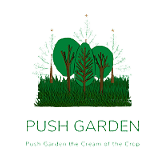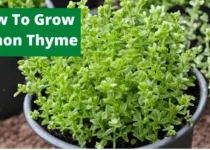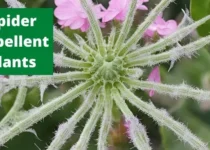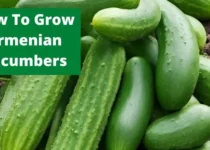Why Are My Succulents Dying?
Why Your Beloved Plants Are Wailing
Succulents, with their plump leaves and charming resilience, are a popular choice for indoor and outdoor gardens. But even these hardy plants can succumb to various issues, leading to wilting, browning, and ultimately, death.
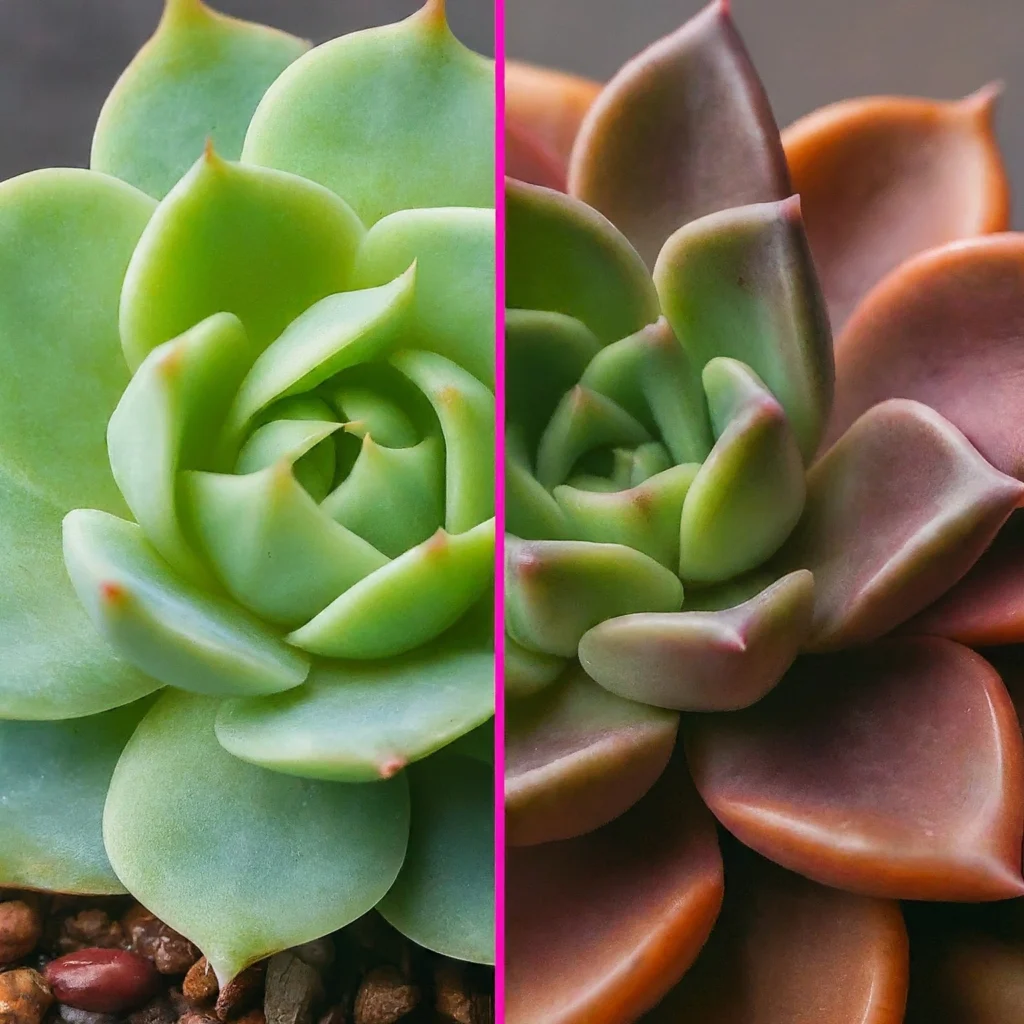
1. Overwatering:
- Succulents Thrive on Neglect: These desert dwellers evolved to store water in their leaves, making them highly susceptible to overwatering. Too much moisture leads to root rot, a fatal condition.
- Signs of Overwatering: Soft, mushy leaves, discoloration, and a foul odor emanating from the soil are telltale signs.
- Solution: Allow the soil to dry completely between waterings. Choose pots with drainage holes to ensure excess water doesn’t accumulate.
2. Underwatering, The Silent Killer:
- Dehydrated and Deflated: While succulents are drought-tolerant, prolonged dryness can dehydrate them, leading to shriveled leaves and even death.
- Signs of Underwatering: Wrinkled, shrunken leaves, browning tips, and a dry, cracked soil surface are indicators.
- Solution: Water deeply when the soil is completely dry, ensuring the water reaches the roots.
3. Improper Lighting, Seeking the Sun’s Embrace:
- Light-Loving Creatures: Succulents need plenty of bright, indirect light to thrive. Too little light can lead to leggy growth and weak, pale leaves.
- Signs of Insufficient Light: Elongated stems, pale green or yellow leaves, and a lack of vibrant color are signs of insufficient light.
- Solution: Position your succulents in a sunny location, preferably with a few hours of direct sunlight. Consider using grow lights during the winter months.
4. Extreme Temperature:
- Warmth and Cool: Most succulents prefer temperatures between 65-75°F (18-24°C). Extreme heat or cold can stress them and lead to damage.
- Signs of Temperature Stress: Wilting, browning, or discoloration of leaves can indicate temperature issues.
- Solution: Protect your succulents from extreme temperatures by bringing them indoors during frost or extreme heat. Ensure they are not placed near drafts or heat sources.
5. Pests and Diseases:
- Mealybugs, Aphids, and Scale: These tiny pests can infest succulents, sucking sap and causing damage.
- Signs of Infestation: White, fluffy patches (mealybugs), small, pear-shaped insects (aphids), or brown, hard-shelled insects (scale) on leaves or stems.
- Solution: Treat infestations with insecticidal soap or neem oil. Isolate-affected plants to prevent spreading.
6. Improper Soil:
- Well-Draining is Key: Succulents need well-draining soil to prevent waterlogging. Avoid dense, clay-based soils.
- Signs of Improper Soil: Poor drainage can lead to root rot and other issues.
- Solution: Use a cactus and succulent potting mix, or create your own by combining equal parts potting soil, perlite, and sand.
7. Repotting:
- Root-Bound Restrictions: Succulents can become root-bound in their pots, restricting growth and leading to distress.
- Signs of Root-Boundness: Roots growing out of the drainage holes or circling around the inside of the pot.
- Solution: Repot your succulents into larger pots when their roots become crowded.
Remember, the key to success with succulents lies in providing them with the right conditions. By understanding the common causes of succulent distress, you can diagnose problems early and take appropriate action to ensure your precious plants thrive. With careful observation, prompt attention, and a bit of tender loving care, your succulents will reward you with their unique beauty and vibrant charm.
